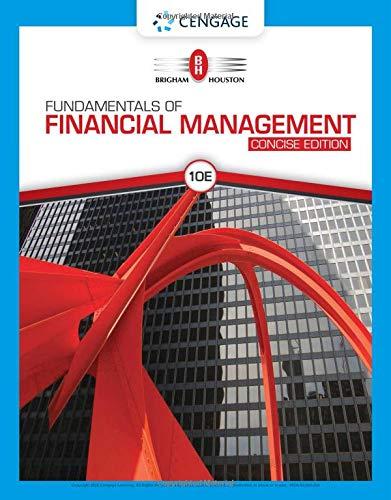
International Financial Management
14th Edition
ISBN: 9780357130698
Author: Madura
Publisher: Cengage
expand_more
expand_more
format_list_bulleted
Question
error_outline
This textbook solution is under construction.
Students have asked these similar questions
Smart Banking Corp. can borrow $5 million at 6 percent annualized. It can use theproceeds to invest in Canadian dollars at 9 percent annualized over a 6-day period. TheCanadian dollar is worth $.95 and is expected to be worth $.94 in 6 days. Based on thisinformation, should Smart Banking Corp. borrow U.S. dollars and invest in Canadiandollars? What would be the gain or loss in U.S. dollars?
McDougan Associates (USA). McDougan Associates, a U.S.-based investment partnership, borrows €80,000,000 at a time when the exchange rate is $1.3460 = €1.00. The entire principal is to be repaid in three years, and interest is 6.250% per annum, paid annually in euros. The euro is expected to depreciate vis-à-vis the dollar at 3% per annum. What is the effective cost of this loan for McDougan?
Tony Fernandes, a foreign exchange trader in Canada, has CAD. 4,000,000 forshort-term money market investment and wants to make profit based on thefollowing rates. Explain specific steps that Tony Fernandes must take to makea covered interest arbitrage.6-month Canadian interest rate: 1.60% per annum6-month Yen interest rate: 2.95% per annumSpot rate: JYP 93.1395/CAD.6-month Forward Rate JYP 93.8380/CAD.CAD = Canadian DollarJYP = Japanese Yen
Knowledge Booster
Recommended textbooks for you
 Fundamentals Of Financial Management, Concise Edi...FinanceISBN:9781337902571Author:Eugene F. Brigham, Joel F. HoustonPublisher:Cengage Learning
Fundamentals Of Financial Management, Concise Edi...FinanceISBN:9781337902571Author:Eugene F. Brigham, Joel F. HoustonPublisher:Cengage Learning


Fundamentals Of Financial Management, Concise Edi...
Finance
ISBN:9781337902571
Author:Eugene F. Brigham, Joel F. Houston
Publisher:Cengage Learning